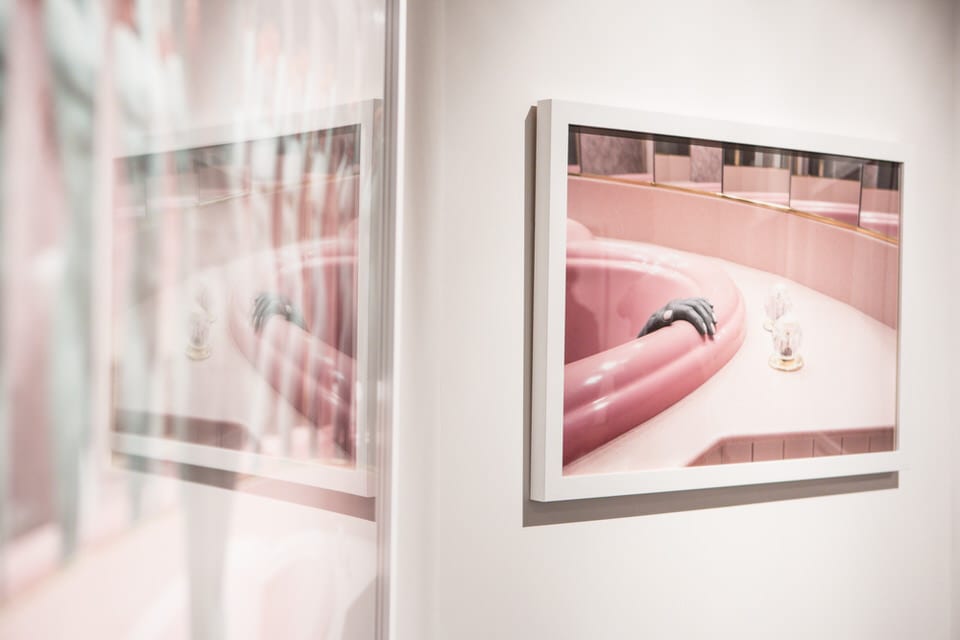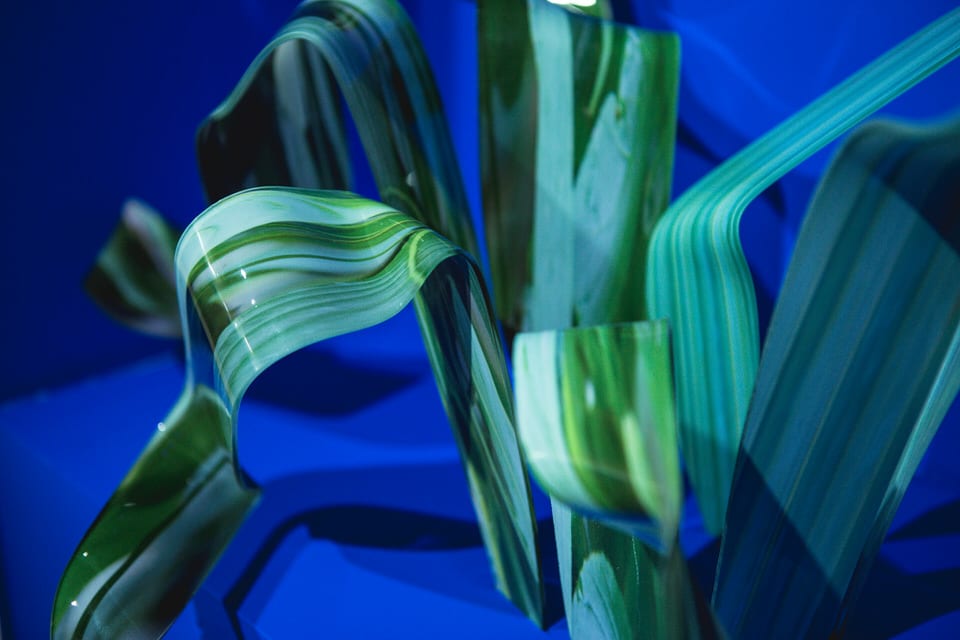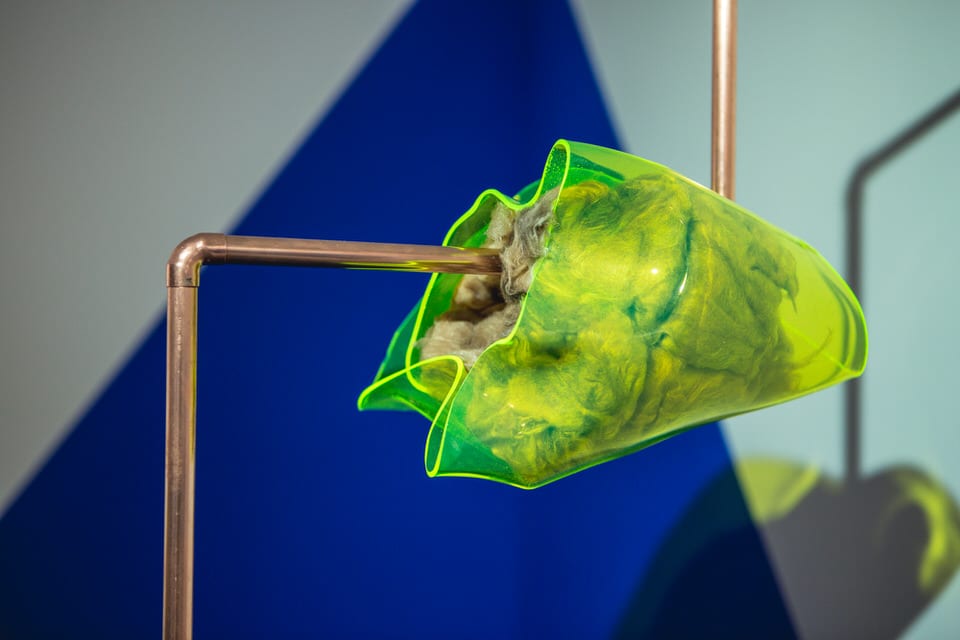Fariba Farshad is co-founder of the renowned cultural consultancy, Candlestar, which has developed and established major projects around the world, including Prix Pictet. In 2015 she founded Photo London, along with her husband Michael Benson, which has rapidly become one the most important events in the photography calendar, and to which the winner of the IPA 2018 and four shortlistees will receive an all-expenses paid trip with VIP access and promotion.
Prior to this, Farshad spent 12 years at the London Institute, now the University of the Arts London, where she spearheaded the development of the IT Research and Development Unit, launching a wealth of ground-breaking projects. She has also curated numerous exhibitions championing the work of contemporary Iranian artists. Most recently, she organised the show Burnt Generation, which considered life in Iran from the perspective of eight major Iranian photographers, whose work has rarely been exhibited outside of the country before.
In the run up to the deadline for the IPA 2018, Farshad shares her thoughts on why having a solo exhibition is so important for the the careers of both emerging and established photographers alike. Enter the Awards today for the opportunity to exhibit your winning project at the leading London gallery, TJ Boulting, and much more.

For emerging photographers, having a solo exhibition helps to bring their work to the attention of a wider audience at a key moment in their career. We have seen this with several photographers who have exhibited at Photo London, including Thomas Mailaender, Sohei Nishino and Juno Calypso. For established photographers, a well timed solo exhibition can reinvigorate an earlier project and renew interest in it. It also presents a good opportunity for them to exhibit new work as a considered series.
What makes for a strong solo exhibition?
Everything depends on the story that the artist and curator are trying to tell and the strength of their relationship. If that is clear and coherent, and if the artist is prepared to agree to difficult editorial decisions, including sacrificing works that are personal favourites in order to service the overall narrative, then the exhibition has the potential to be a success.
When judging the International Photography Award 2018 is a project’s ability to translate into a successful solo show something you will be looking for?
Yes. It is of fundamental importance. Is this work strong enough to stand alone? Is there enough coherence and variety to engage an audience?
In order to successfully translate into a solo exhibition, the work needs to hang together as a series: there must be sufficient artistic control to make it clear that each individual piece is part of a consistent narrative. But, there also needs to be shifts in tone and approach to keep the viewer intrigued.

Artistic excellence and the ability to present work in a coherent series.
As for advice, find a friendly curator and invite them to edit your selection; be prepared to take their advice even if it means omitting your favourites.
Do you think that the significance of the solo show is changing in this increasingly digital world, now that artists can curate and promote their work via different channels?
Possibly. Although I worry that if the artist takes complete curatorial control, as of course they can in the digital realm, then they may miss out on the considerable benefit of having a third party take a dispassionate view of the work. Not all artists are the greatest editors of their own work.
What have been some of the most important solo exhibitions of recent years and why?
There have been so many! But several in particular come to mind. Most recently, Hiroshi Sugimoto at Marian Goodman Gallery, Graciela Iturbide at Rose Gallery in Los Angeles, Sarah Charlesworth at LACMA and Thomas Ruff at Whitechapel Gallery. I hugely admired William Eggleston’s show at the National Portrait Gallery and Richard Mosse’s extraordinary exhibitions at Jack Shainman in New York and the Curve Gallery at the Barbican. In each case, the shows were expertly curated: presenting either a considered survey of an artist’s career or focusing on a single aspect of their practice, be it a particular theme or a new project.

